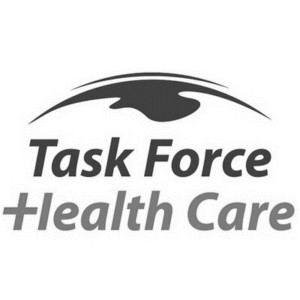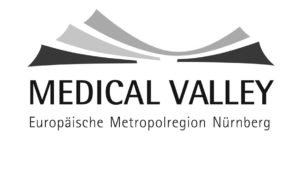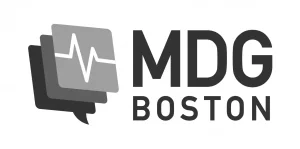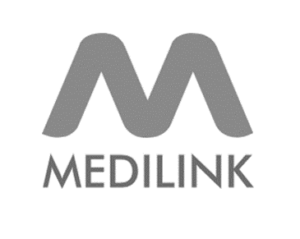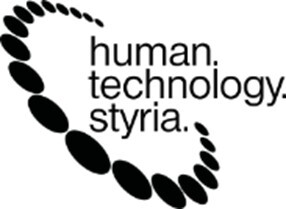Hospitals need to start thinking about ways to build patients’ trust in generative AI in order for the healthcare industry to fully harness the technology’s potential. They can do this through methods like having transparent conversations, asking for patients’ consent to use the tools and training models on internal data, experts said.
Hospitals can build greater patient trust in generative AI models — through methods like having transparent conversations, asking for patients’ consent to use the tools and training models on internal data, said an AI expert at Deloitte and clinical leaders at health systems.
What do hospitals need to know about consumer attitudes toward generative AI?
Compared to Deloitte’s 2023 survey on consumers’ attitudes toward generative AI in healthcare, distrust in the technology has increased for all age groups — with the sharpest jumps occurring among Millennials and Baby Boomers. Millennials’ distrust in the information provided by generative AI rose from 21% to 30%, while Baby Boomers’ distrust rose from 24% to 32%.
Consumers have free reign to experiment with generative AI and use it in their daily lives, thanks to the availability of public models like OpenAI’s ChatGPT or Google’s Gemini. Many Americans have ended up receiving questionable or inaccurate information when using these models, and these experiences may be causing people to view the technology as unfit for use in healthcare settings.
Free, publicly available large language models aren’t trained on specific patient data and therefore aren’t always accurate when answering healthcare-related questions. A recent study found that ChatGPT misdiagnosed 83 out of 100 paediatric medical cases.
Ideally, hospitals should be training their generative AI models on their own patient data, using synthetic data or data from similar healthcare providers to fill in any gaps and it is recommended that hospitals educate their patients about how and why generative AI is being used at their organization — as well as pay attention to patients’ feedback.
If hospitals take the time to walk patients through the generative AI models they’re applying to patient care and what benefits these models are designed to deliver, patients can gain a true understanding that the AI isn’t there to replace their doctor, but rather augment the doctor’s abilities to provide better quality care.
Explaining the benefits
Americans’ understanding of technology differs greatly from person to person, and large portions of the population may not know exactly what the term AI refers to. Because of this, some patients might feel frightened when they initially hear that a non-human form of intelligence is being used in their care — but their feelings will most likely change once the technology is thoroughly explained to them.
In Muro’s view, generative AI can be thought of as a research partner. The technology uses data to produce content for clinicians, such as the draft of a clinical note, summary of patient records and or overview of medical research. Clinicians always have the final say in care decisions, so generative AI is by no means replacing their expertise. Instead, it is reducing the amount of mundane, data-oriented tasks clinicians have to complete so they can spend more time with patients. When having conversations with patients, providers must make sure that they understand this.
Providers should also be clear about the specific use cases to which they are applying generative AI, as explaining these use cases will give patients a better idea of how the technology might stand to benefit them.
For example, a doctor treating a patient may want to check how patients with similar symptoms and profiles were cared for in the past. Instead of digging through records and filtering them, the clinicians can ask a generative AI tool a simple question and get started on the process of devising a care plan for their patient much sooner, Muro explained.
Relationships are at the heart of trust
Providers need to take the time to explain how AI is being used to enhance care. These conversations are most meaningful when they happen directly between a patient and their care team.
Strong provider-patient relationships are key to building trust in the healthcare world, Runnels pointed out. Patients are more likely to understand and accept the benefits of generative AI tools when they are explained by a provider who they know and are comfortable with.
It should be the care team’s responsibility to inform patients about generative AI use cases.
For instance, AHN is preparing to roll out an inpatient virtual nursing program that involves generative AI. When the program is launched, AHN’s nurses will be trained on how to carefully explain the new technology-enabled care model to patients.
The nurses’ training will prepare them to communicate that they are still present and active members of the patient’s care team, Barad explained. He said the central message of these conversations should let patients know that nurses aren’t being replaced, but rather given tools to help them better care for patients.
Emphasize data protections and ask for consent
Another important way to build consumers’ trust in generative AI is to be transparent about the data these models are trained on.
AHN recently rolled out a new generative AI tool called Sidekick, which can be thought of as the health system’s own version of ChatGPT. The tool is available to all of AHN’s 22,000 employees, as well as all 44,000 employees employed by its parent company Highmark Health. It was trained solely on AHN’s and Highmark’s own data, Barad noted.
The fact that AHN and Highmark jointly developed their own tool using data specific to their patient populations should make people feel much more comfortable than if AHN were to use an AI tool trained on general data, he explained.
Some generative AI use cases may require express consent from the patient before deployed. Ambient listening tools during a physician-patient visit are a key example of this.
These tools — made by companies such as Nuance, DeepScribe and Abridge — listen to and record patient-provider interactions so they can automatically generate a draft of a clinical note. Like many other health systems across the country, AHN is using ambient documentation technology and asking patients for their consent before each visit, Barad said.
When talking to patients about these AI models, clinicians explain that the tools are designed to prevent them from having to type throughout the entire visit, therefore giving them more time to maintain eye-contact with patients and be present.
The industry may need to collaborate to establish patient education standards
AHN’s neighbour health system, UPMC, is also using ambient documentation technology and requires verbal consent before the tool is deployed during an appointment. This is a use case that clearly necessitates patient consent since they are being recorded. But there is no industry standard.
For example, Deloitte’s report suggested that in coming years, hospitals may start putting disclaimers on clinical recommendations that were produced with the assistance of generative AI. There is no industry standard to let hospitals know when that is necessary and when it’s not, Bart pointed out.
Conclusion
The healthcare industry may need to start establishing standardized protocols for patient education around generative AI use sooner rather than later — because utilization of this technology is only going to grow.
Artificial intelligence-enabled physician will be better able to make the best decisions for patients than those who are naive to artificial intelligence in the future.
Nurses’ and doctors’ training, explain how AI is being used to enhance care, transparent about the data, to be clear about the specific use cases and a transparent conversation can help to create trust and acceptance.
You like to read more about, please have a look at the full article from MedCityNews: https://medcitynews.com/2024/06/generative-ai-trust-healthcare/







